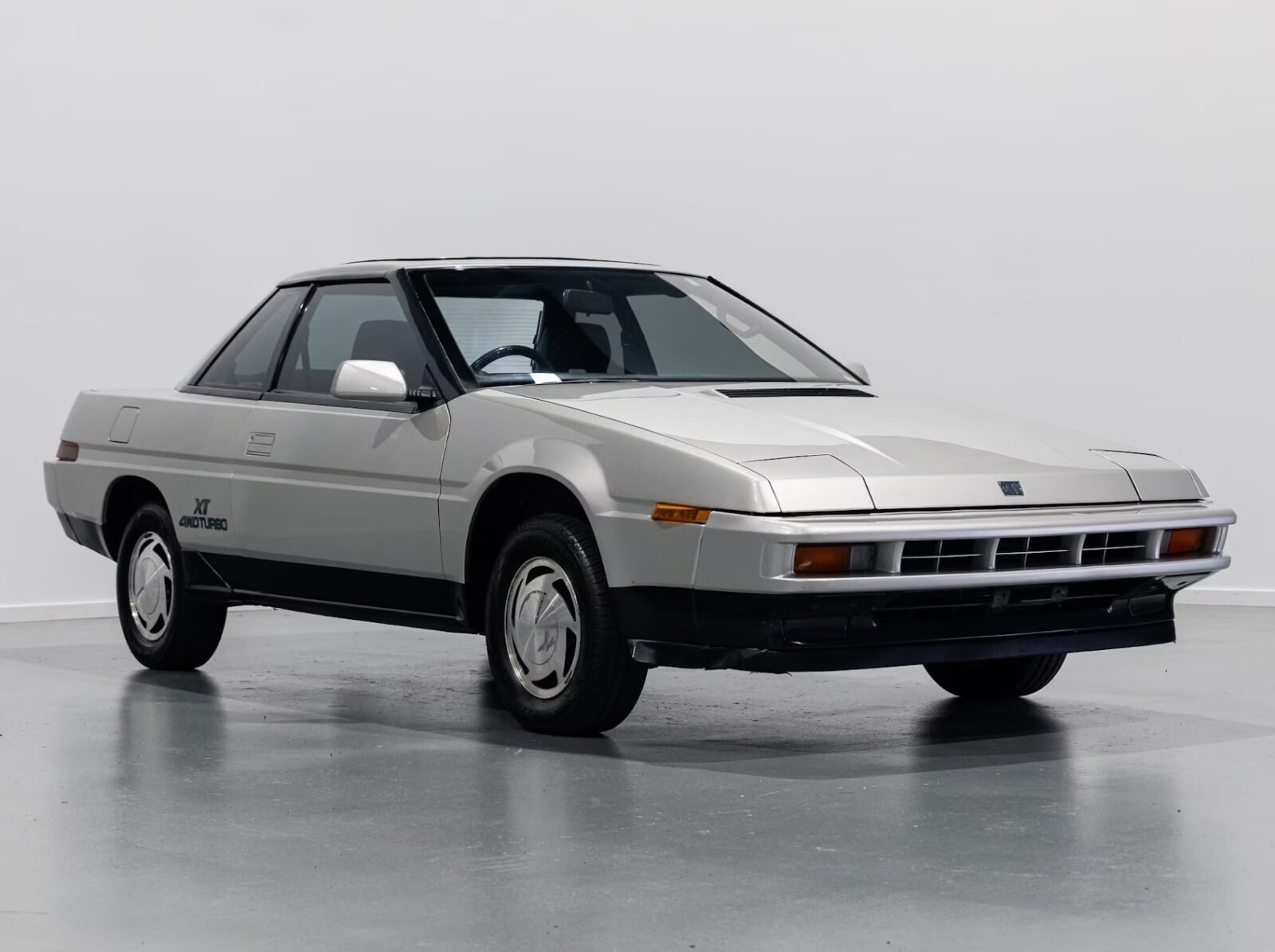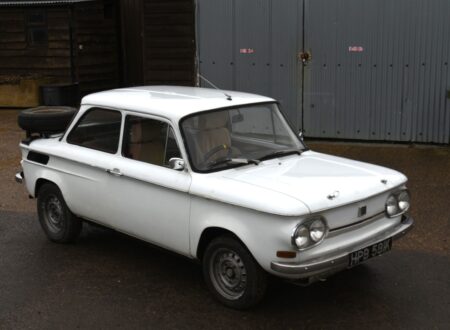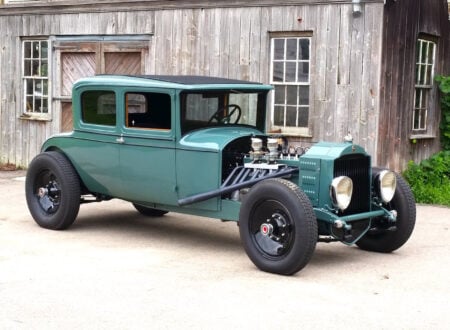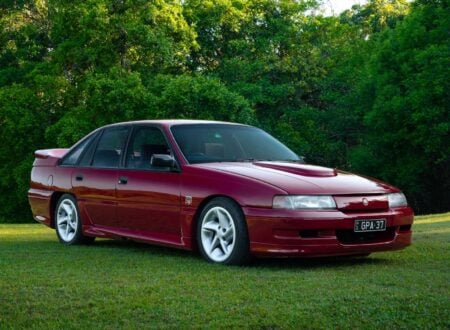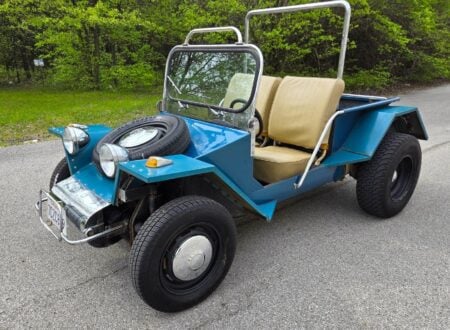This is the largely-forgotten, all-wheel drive Subaru XT Turbo. It debuted in the USA in 1985, where it was heralded as the most aerodynamic production car then on sale, with a coefficient of drag of just 0.29.
The XT Turbo was an advanced car by the standards of the mid-1980s with on-demand all-wheel drive, height-adjustable pneumatic suspension, a digital dashboard, pod and center console-mounted HVAC controls, an advanced trip computer, and an instrument cluster that tilted with adjustment of the steering column.
Fast Facts: The AWD Subaru XT Turbo
- The Subaru XT Turbo, launched in the US in 1985, was marketed as the most aerodynamic production car of its time, with a drag coefficient of 0.29. Designed to elevate Subaru’s image on the national stage, it featured advanced tech like all-wheel drive, height-adjustable pneumatic suspension, and a digital dashboard – all aimed squarely at the 1980s tech-conscious buyer.
- Perhaps inspired by the success of the earlier Datsun 240Z, the XT was conceived as a halo car by Subaru’s American division to boost the brand’s appeal. Development included a new unibody chassis and wind tunnel-tuned bodywork. Despite its sharp, angular design, the XT achieved exceptional aerodynamic efficiency for the era.
- Powertrain options included the EA-82 and turbocharged EA-82T 1.8 liter flat-fours, and later the 2.7 liter ER-27 flat-six. The EA-82T was a favorite for its torque delivery and lighter weight. Most models were all-wheel drive with a selectable system for fuel efficiency, though base models came in front-wheel drive.
- Nearly 100,000 units were built between 1985 and 1991 across two generations. Known as the XT/XT6 in North America, Vortex in Australia, and Alcyone in Japan, it’s now a niche collectible, especially among Radwood and retro enthusiasts.
The Origins Of The Subaru XT
The idea to build a car like the Subaru XT as a halo model for the somewhat quirky Japanese automaker came not from Japan, but from the United States. It was clear to US-based dealers that the company needed a technologically advanced, highly-desirable vehicle at the head of their model range – to get people into dealerships and to grow the reputation of the brand.


The decision to develop a halo car, with a combination of sports car and GT car features, was possibly influenced by the wild success enjoyed by fellow Japanese automaker Nissan back in the late 1960s, when they released the Datsun 240Z.
The 240Z was hailed as the car that transformed the public’s perception of Japanese cars – from cheap, almost disposable little commuter cars into desirable, elegant, and well-engineered automobiles that could rub shoulders with the world’s best.
The Subaru XT, it was hoped, would do the same for Subaru. Once the head honchos in Japan agreed to the American suggestions for a new halo model the work began in earnest. A new unibody frame was developed with a body that was carefully honed in a wind tunnel for optimal aerodynamics.
The aerodynamics of the XT sometimes surprise people, given the wedge-shaped look of the car and its sharp creases it seems extraordinary that the aerodynamicists at Subaru were able to manage a coefficient of drag of 0.29. To put that into perspective, the Volkswagen Beetle has a coefficient of 0.48 and the Pagani Huayra supercar has a coefficient of 0.31 – lower numbers are better.
Drivetrains + Specifications
The Subaru XT would initially be powered by either the naturally aspirated EA-82 engine, or the turbocharged EA-82T. Both engines were 1.8 liter, liquid-cooled flat-fours with the EA-82 producing 97 bhp and the EA-82T producing 112 bhp. As is often the case with forced induction, horsepower only tells half the story. The torque figures are 103 lb ft at 3,200 rpm for the naturally aspirated engine, and 143 lb ft at 2,800 rpm for the turbo.
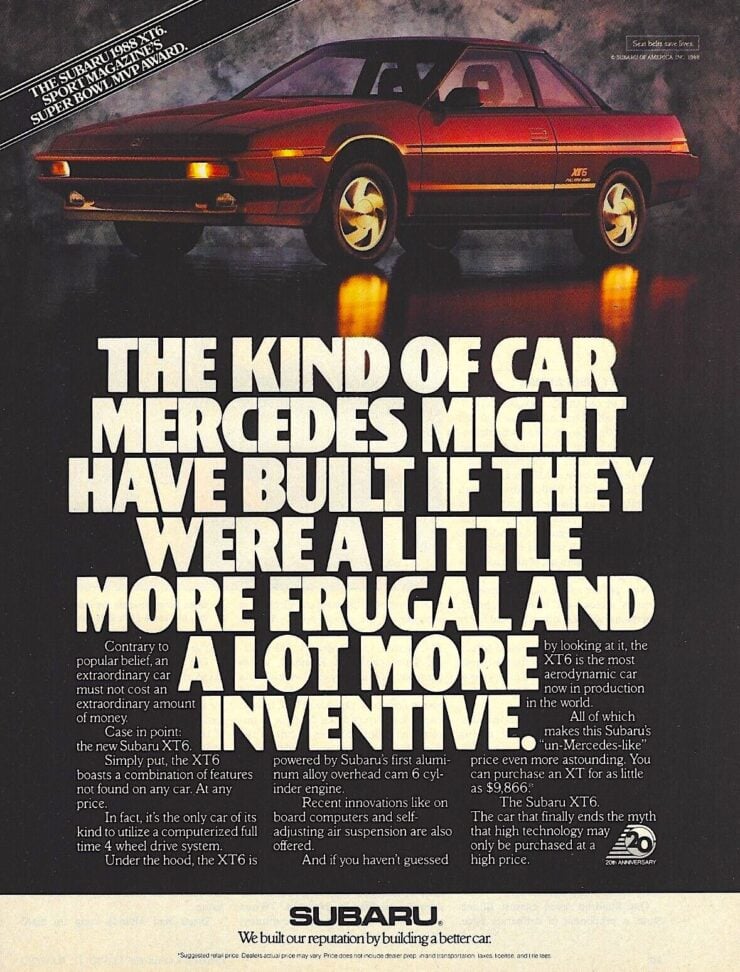

Later versions of the XT would be offered with the optional ER-27 flat-six with a displacement of 2.7 liters producing 145 bhp and 156 lb ft. Many preferred the EA-82T turbo thanks to the lighter weight and similar torque figures – with peak torque coming in much lower in the rev range.
Power was sent back through either a 5-speed manual or a 3 or 4-speed automatic depending on the year. Some budget versions of the XT came in front-wheel drive but most cars shipped with the signature Subaru all-wheel drive system, which in this case allowed the car to be operated in front-wheel drive for economy, then switched to all-wheel drive at the press of a button on the shifter when required.
The Subaru XT entered production in 1985 and remained available until 1991. There were two distinct generations in this time, the first running from 1985 to 1987, and the second from 1987 to 1991. To the casual observer the differences between the two generations are subtle, but Subaru-philes can spot them a mile away.
When it was introduced in the mid-1980s the XT seemed almost perfectly conceived for the world as it was at the time. The styling was cutting edge, it had a turbocharged engine, it was Japanese, and it had a series of advanced, computerized features – it looked like it had just rolled out of an arcade game.
By the end of production, almost 100,000 examples of the Subaru XT had been built. This wasn’t as many as Subaru had hoped for, likely due to the fact that there were other cars on the market with a similar sticker price but significantly more horsepower.
The XT was sold under different names in different markets, it was the XT or the XT6 (for six-cylinder model) in the United States and Canada, the Vortex in Australia and New Zealand, and the Alcyone in Japan. In certain circles the model has become a cult classic, particularly with the Radwood/Outrun community, and engines have been modified to produce close to double the original horsepower figures.
The 1987 Subaru Vortex XT Turbo Shown Here
The car you see here is an original Australian-market AWD Subaru Vortex XT Turbo from 1987. Fortunately the original owner ordered it with the 5-speed manual transmission option, and the turbocharged version of the EA-82 engine.
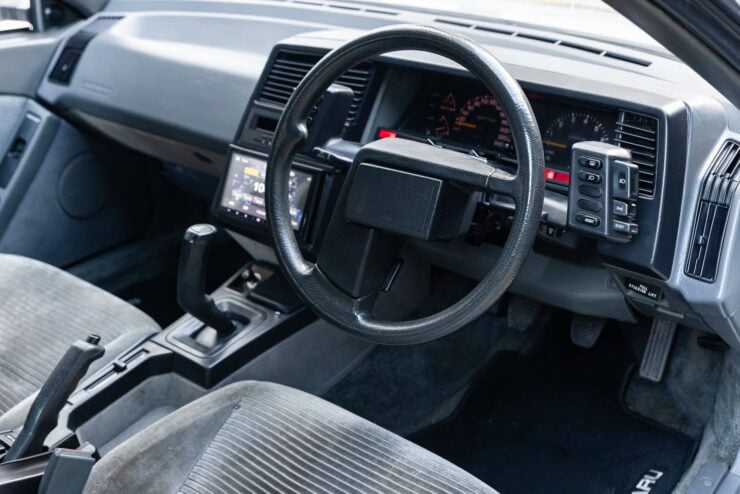

It’s finished in silver metallic with contrasting gloss-black lower body panels, with a grey part-vinyl and velour cloth-trimmed interior. It rides on 13 inch machined “turbine-style” alloy wheels shod with Sailun Atrezzo Eco tires, and it has a locking differential, air conditioning, a push-up sunroof, and electrically operated windows and door mirrors.
It’s now being offered on Collecting Cars with two keys, its original owner’s manuals, the original purchase receipt, a partially stamped service booklet, and some service paperwork. If you’d like to read some more about it or place a bid you can visit the listing here.
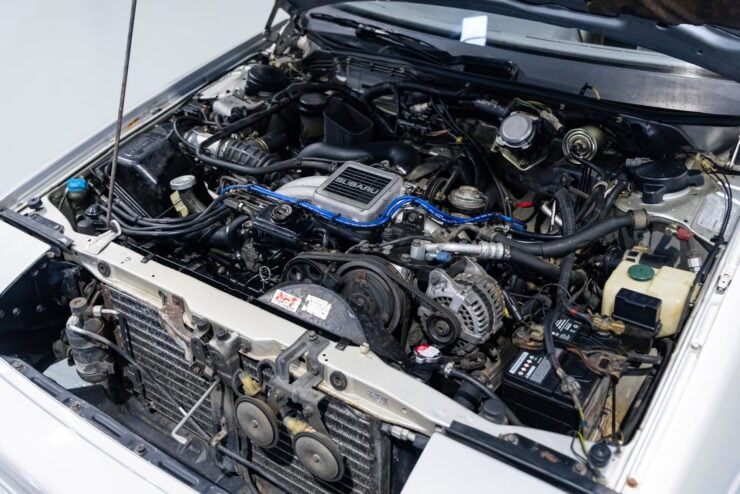
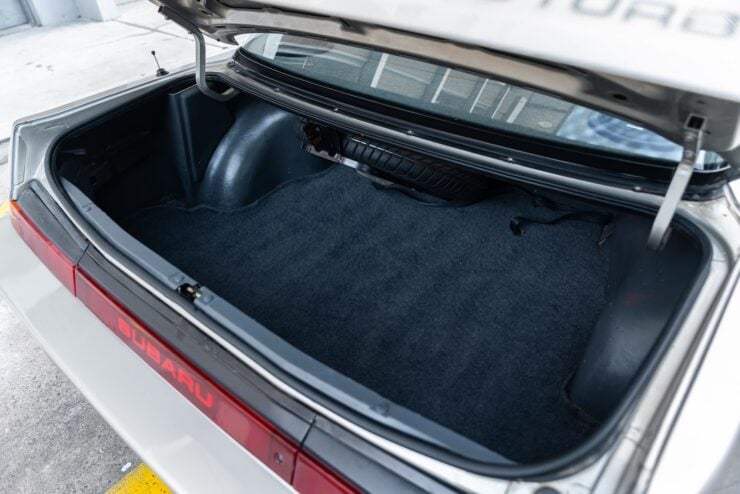

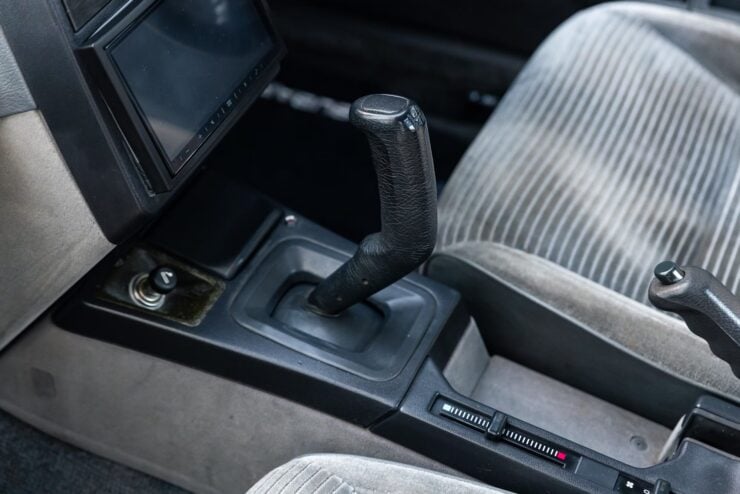
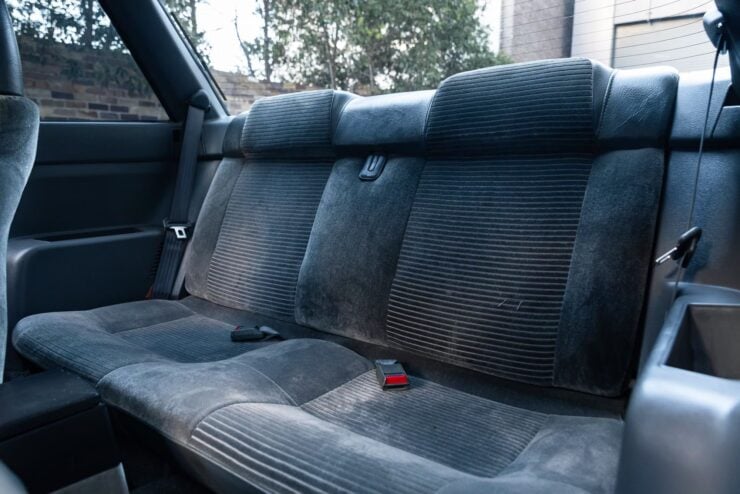
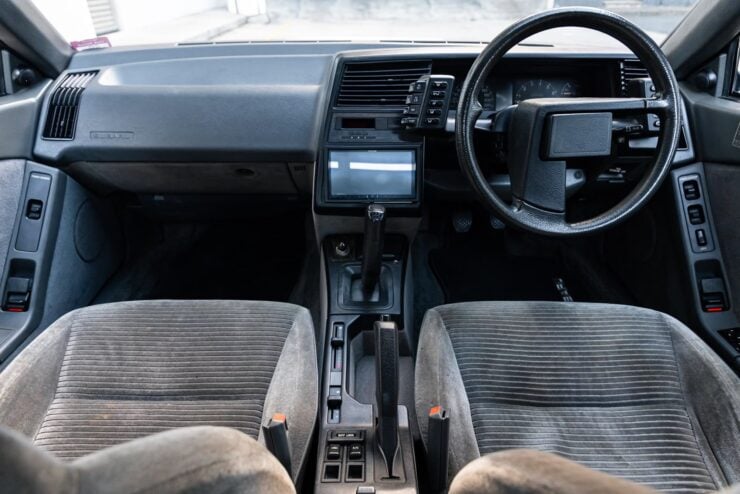
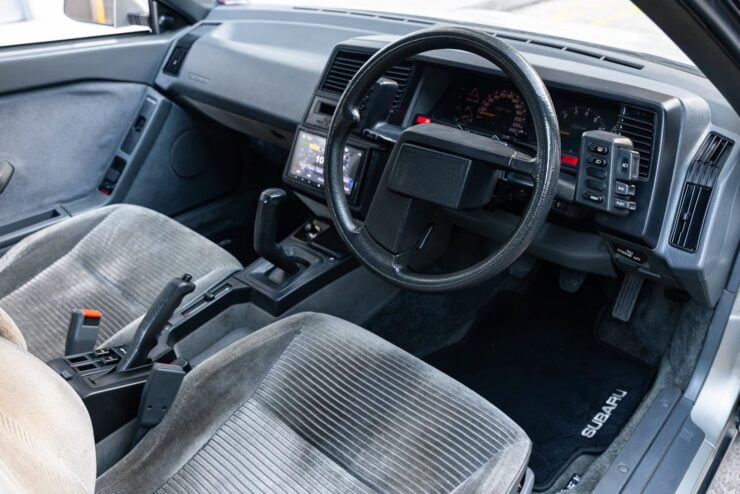
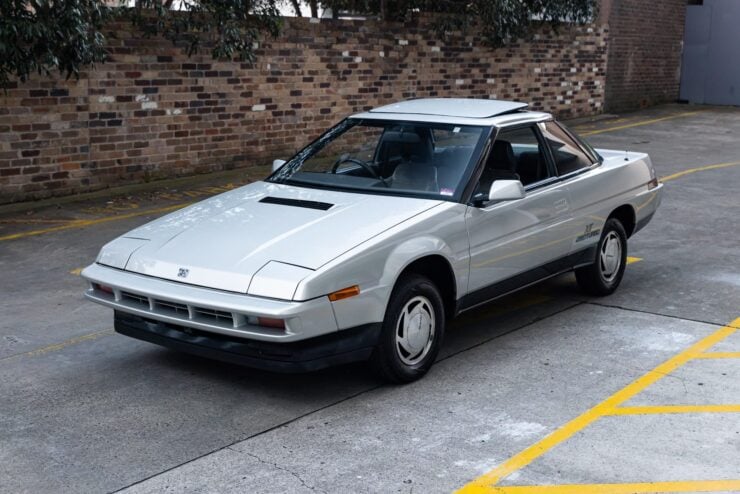
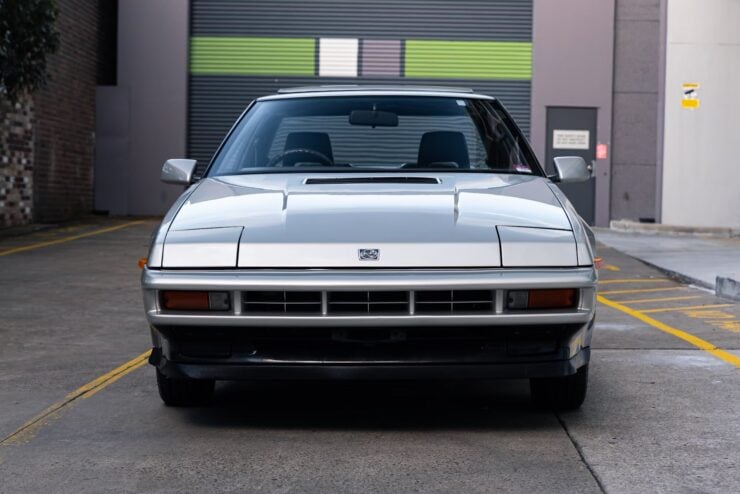
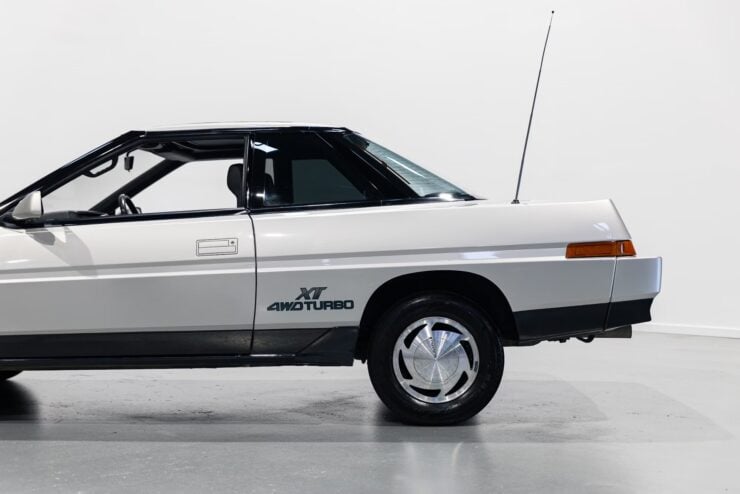
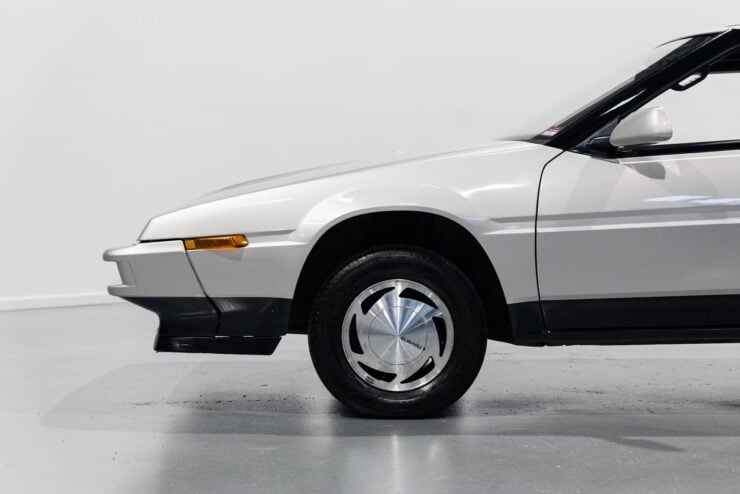
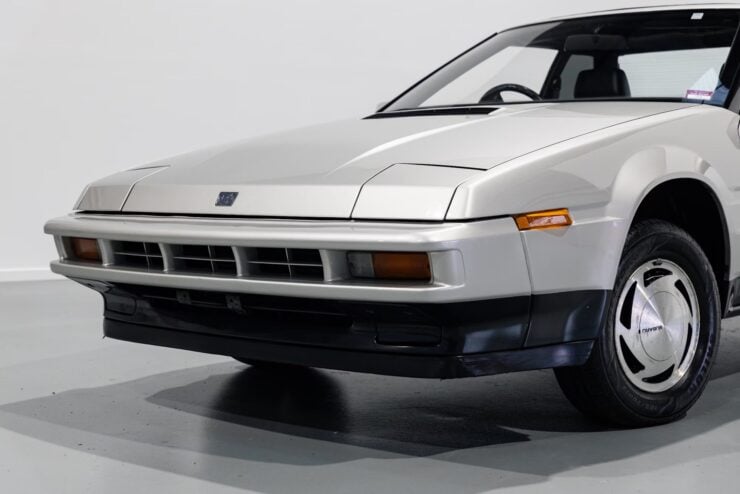
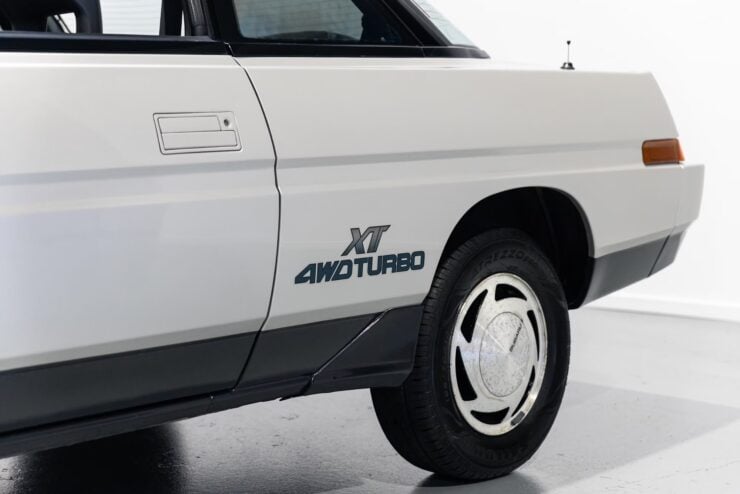
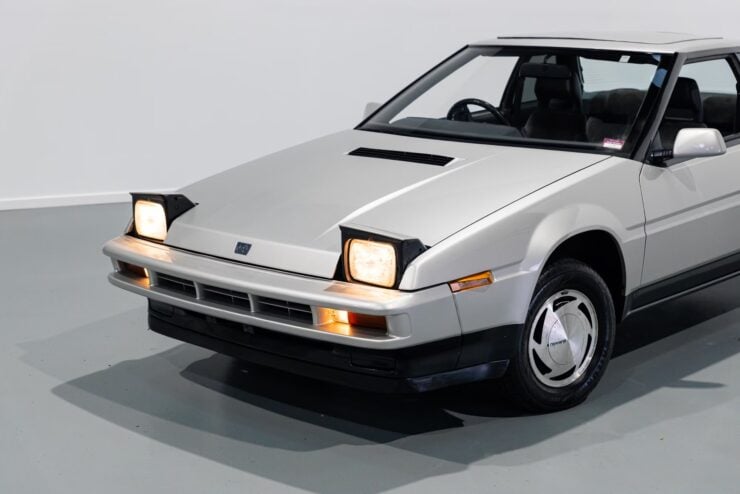
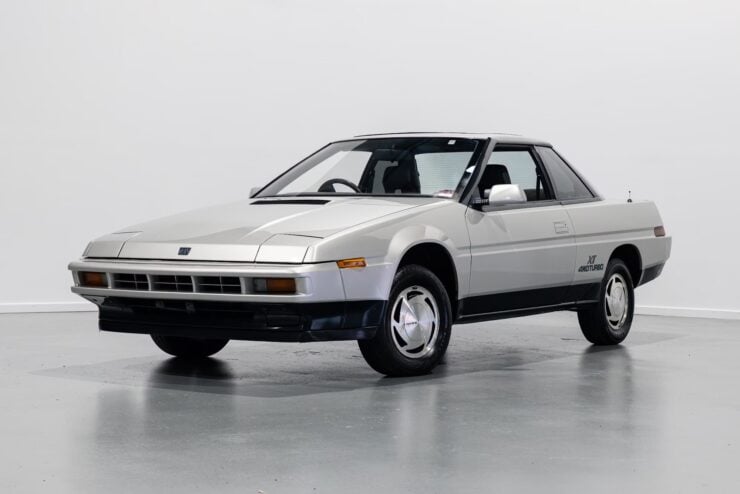
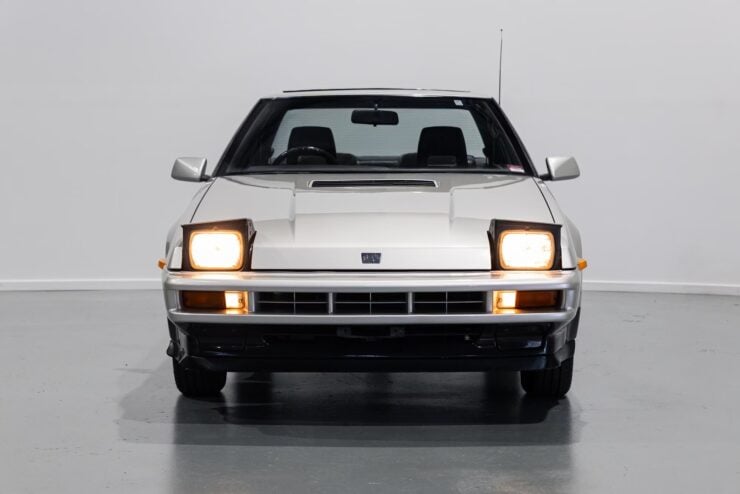
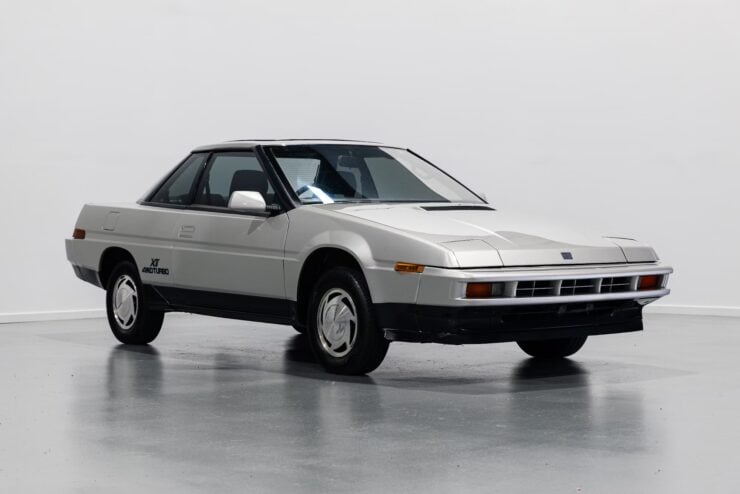
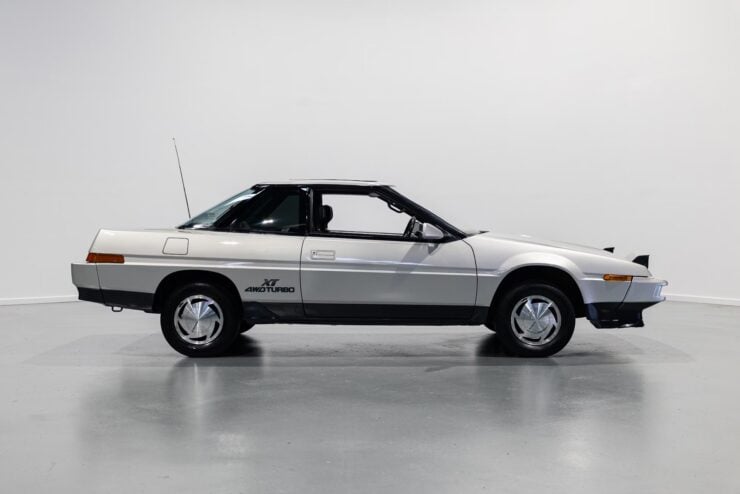
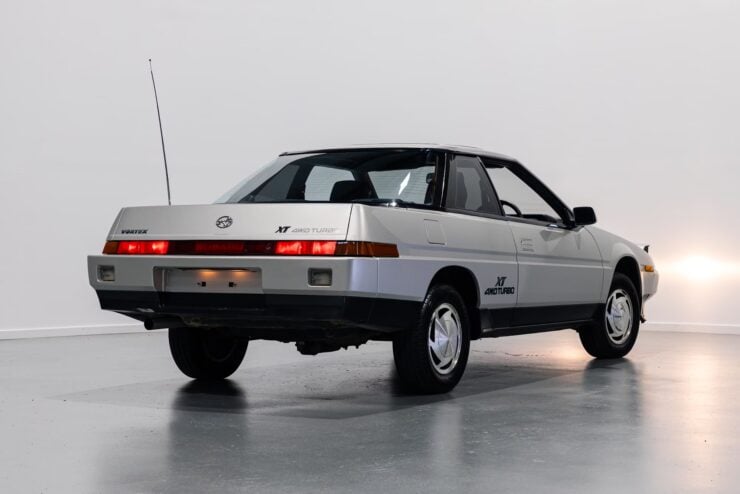

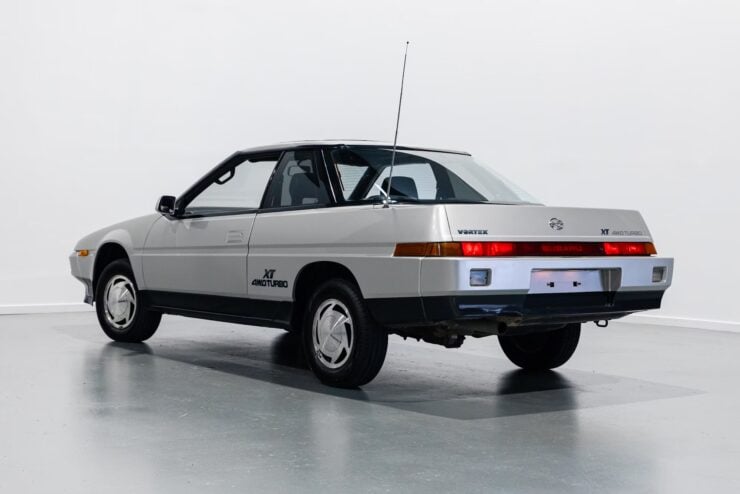
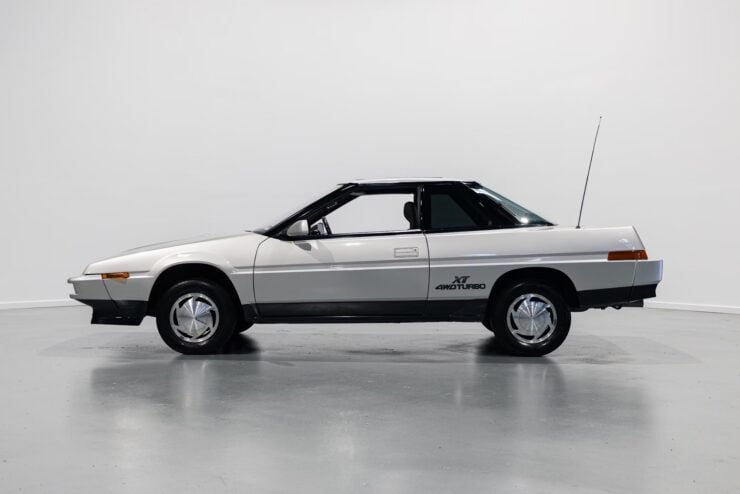
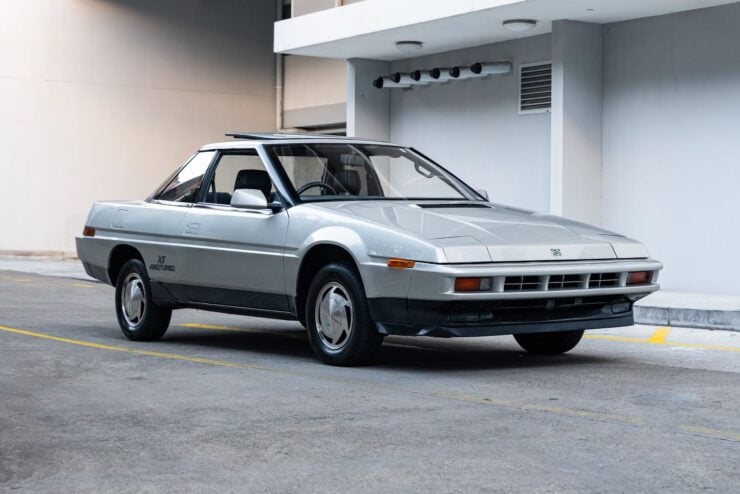
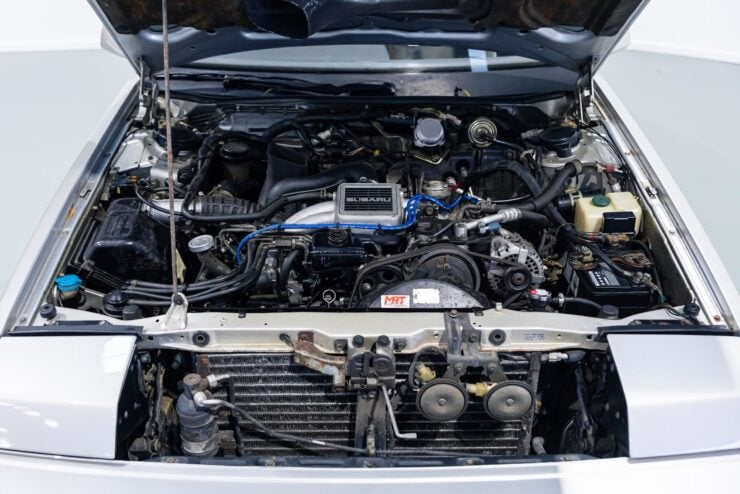
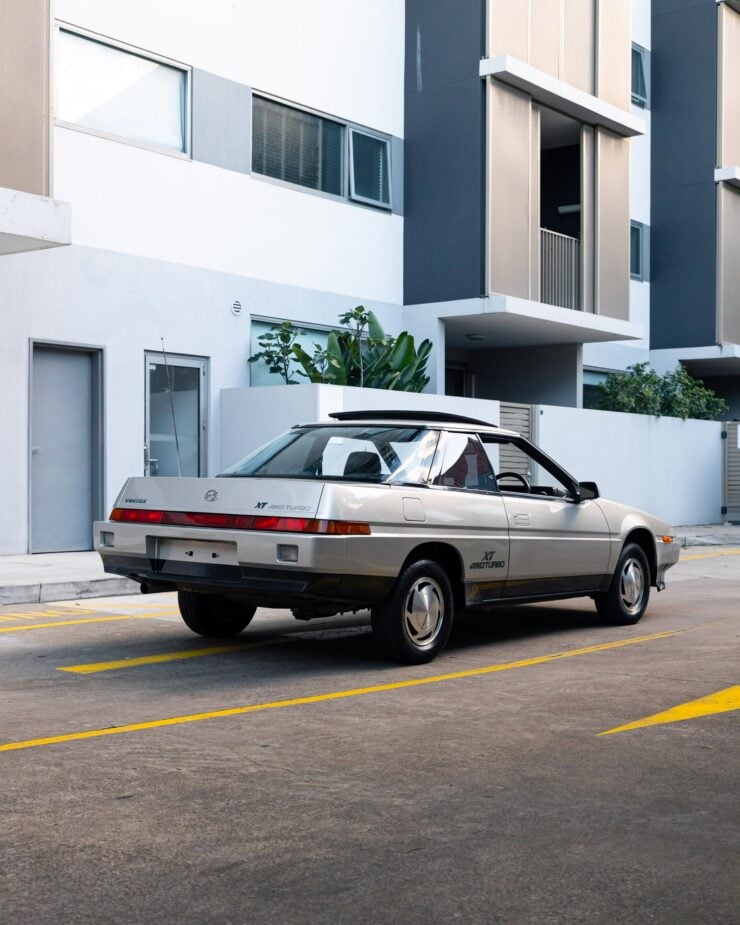
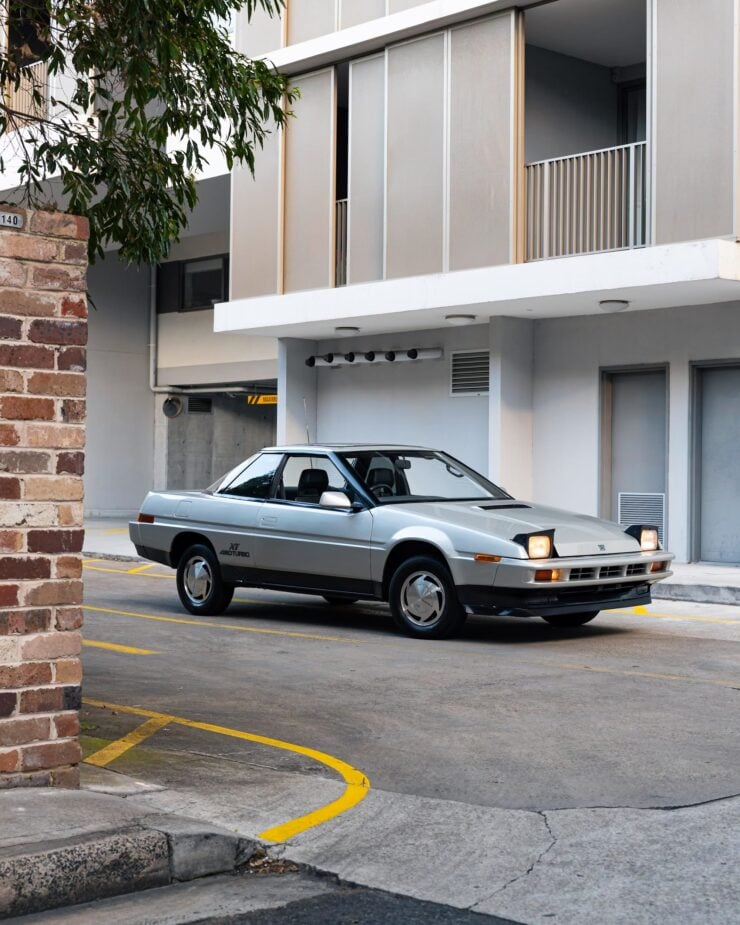
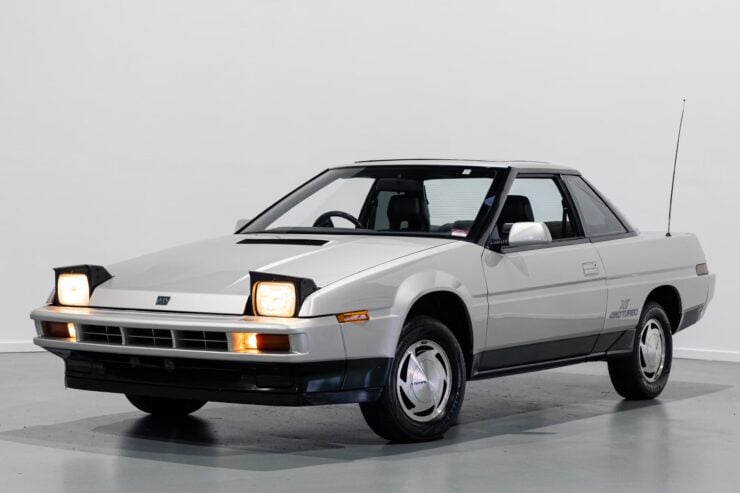
Images courtesy of Collecting Cars

